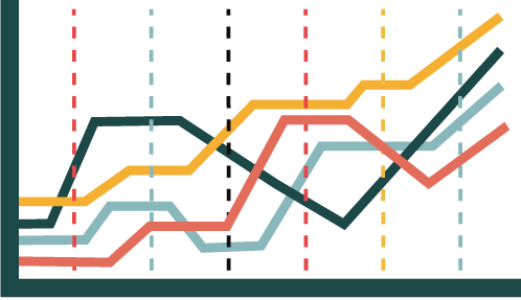- By Buckinghamshire Business First
- 12 April, 2017

Share by email
The latest research on Buckinghamshire's economy is in, giving us a greater understanding of how business, social and economic landscapes are changing over time.
Claimant count
The number of out of work Buckinghamshire residents claiming either Job Seekers’ Allowance or Universal Credit rose by 70 in March to reach 2,995, the highest total since February 2015. Over the last year Buckinghamshire’s claimant count has risen by 14.3 per cent (375 people), the 4th highest rate of increase among the 38 Local Enterprise Partnerships (LEPs) and 5th highest among the 27 county council areas, well above the 2.0 per cent recorded across the country as a whole.
At 0.9 per cent of working age residents, Buckinghamshire’s claimant count rate remains well below the national rate, ranking 3rd lowest among LEPs and 6th lowest among county council areas.
Read the full claimant count report >
Educational attainment
48.0 per cent of Buckinghamshire’s working age residents held degree level qualifications in 2016, the 4th highest among LEPs and 2nd highest among County Council area. Only 4.3 per cent of residents (13,800 people) hold no qualifications, well below the 8.0 per cent recorded across the country as a whole.
House prices
Buckinghamshire’s average house price rose 9.6 per cent in the year to February, reaching a record high of £401,617. Across England, average prices rose 5.7 per cent to £234,466.
Labour market
Buckinghamshire’s employment rate reached an all-time high in 2016 at 81.2 per cent of working age residents, the highest of any Local Enterprise Partnership, ranking 2nd among the 27 county council areas. Unemployment ended the year at 3.1 per cent, 2nd lowest among LEPs and 4th among County Council areas.
UK labour market overview
The ONS’s overview of today’s national labour market data can be found here >







